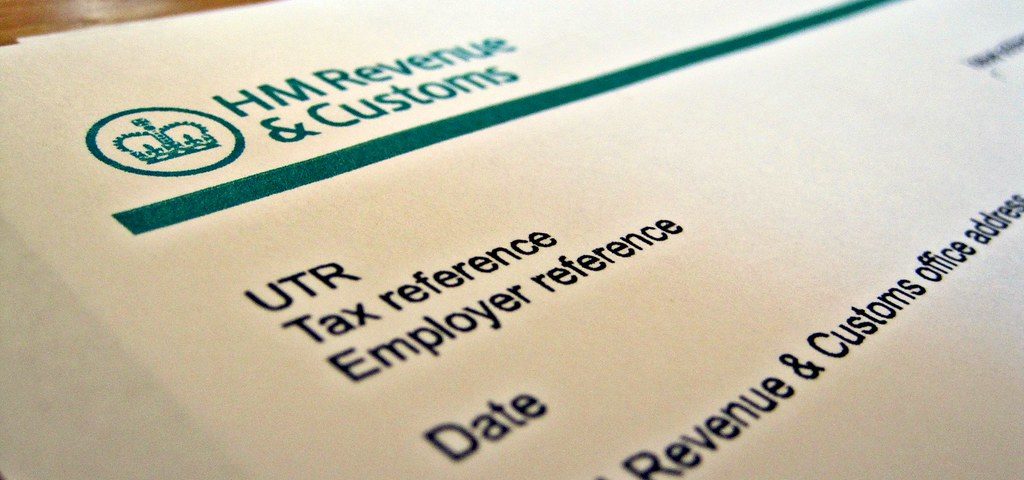HMRC Will Reform Its CEST Tool Ahead Of IR35 Changes

Bookkeepers Golders Green
11/06/2019
Treasury Postpones Its Budget For 2019
29/10/2019
The HM Revenue and Customs (HMRC) recently announced that it will reform the ‘check employment status for tax’ tool which can be found on their website. The reformation comes ahead of the approaching IR35 changes in the private sector.
First introduced in 2017, the tool is designed to help individuals and organisations to decide if a worker should be treated as employed for tax purposes. It also takes users through a straightforward step-by-step process.
More importantly, HMRC said that it will launch an enhanced version of the CEST tool before the end of the year. The office noted that it has worked with more than 300 stakeholders to make the tool clearer, reduce user error and consider more detailed information.
“To date, the tool has provided a determination in at least 85% of uses. As a minority of employment cases can be less straightforward, we’re giving these customers detailed help and guidance, including one-to-one support from specialist advisers on our helpline,” HMRC stated.
In April 2017, HMRC implemented reforms of off-payroll and added new working rules for the public sector which crack down on companies using ‘disguised employment’ as a way of getting around their tax and national insurance obligations.
Currently, HMRC is set to extend the IR35 off-payroll working rules to the private sector from April 6 2020. The latest announcement states that the HMRC published further guidance ahead of the reform.
“From this date, large and medium-sized organisations will become responsible for assessing the correct employment status of the contractors they engage to work for them,” HMRC stated. “If it is determined that the rules apply, the organisation that pays the individual’s own limited company will be responsible for deducting and paying the associated employment taxes and NICs (national insurance contributions) to HMRC.”
This is aimed to help public sector contractors and organisations to decide if a worker should be taxed as an employee and determine their exact employment status.
BBC chiefs blamed the CEST tool and its failure for around 800 of its freelancers receiving backdated tax bills, after the tool overturned their employment statuses.

